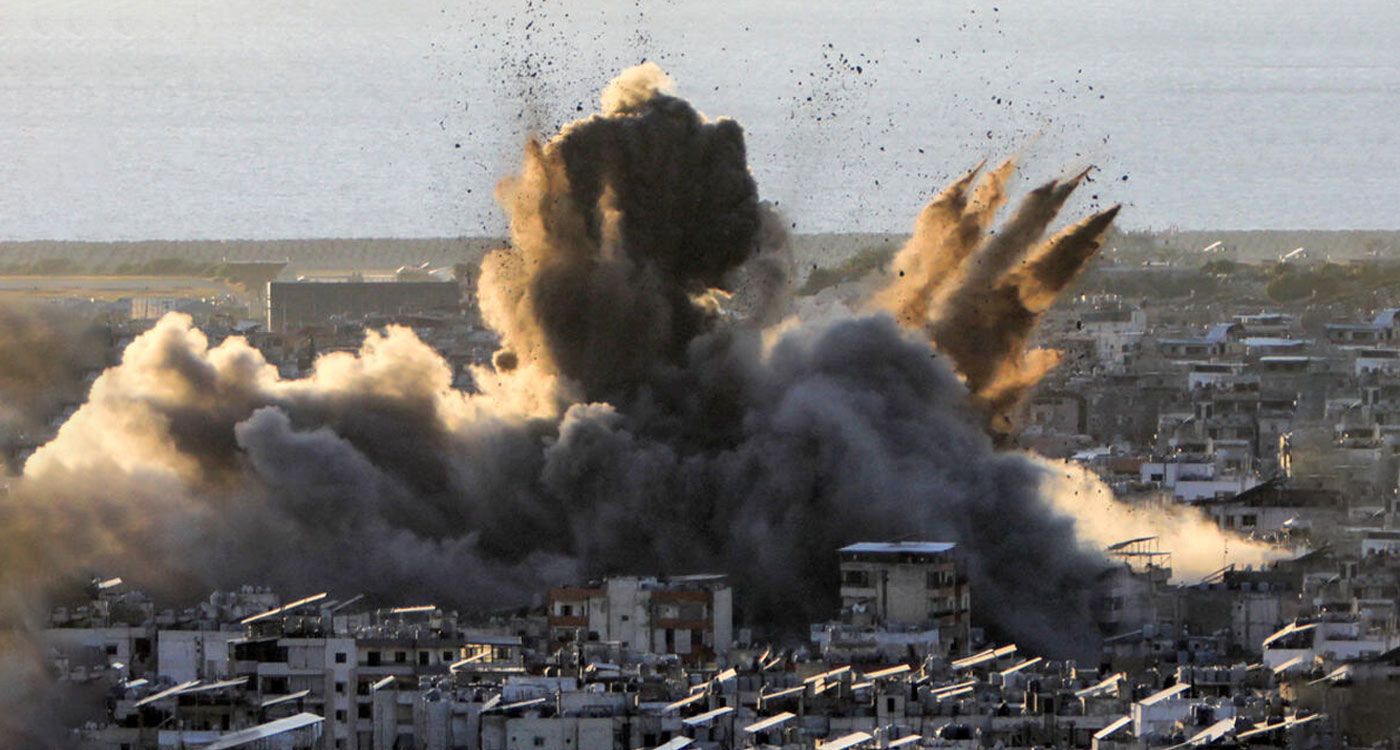
For many years, Hezbollah has faced a cascade of criticism and direct attacks. However, one must acknowledge the party’s remarkable feat—an important factor that could be listed among its “assets” (forgive the figure of speech…). The pro-Iranian group has indeed mastered the art of deception and the manipulation of well-established facts.
For decades, Hezbollah’s record has been defined by a steady pattern of lies, distortion of realities, fanciful reinterpretations of signed agreements and blatant disregard for international resolutions and formal commitments it had itself endorsed. This deep-rooted deceit, adopted as an operating strategy, began to surface with the Taif Agreement, which explicitly required “the dissolution of all Lebanese and non-Lebanese militias and the handover of their weapons to the state within six months.” That deadline was set to expire in 1990.
At the time, with backing from Iran and the Syrian regime, Hezbollah pushed through its own interpretation of this clause. It claimed that the party could not be regarded as a militia because it was, supposedly, engaged in a “resistance against the Israeli occupation.” On that basis, it argued it was not subject to the decision to disband militias.
The first deception came to light years later, when it became clear that the pro-Iranian party’s real objective was to give the Pasdaran (Iran’s Revolutionary Guards), a strategic foothold along Israel’s borders, with Hezbollah serving as Iran’s first line of defense in the event of a conflict with the Jewish state. This so-called first line of defense would later prove to be entirely ineffective. In 2000, Israel withdrew all its troops from southern Lebanon, vacated the border zone it had established in the region and ended the mission of its proxy militia, the “South Lebanon Army.” As a result, based on its own logic, Hezbollah lost its status as a “resistance” movement.
The second deception came with Hezbollah’s particular take on the new reality created by Israel’s full withdrawal. The Shia group played the Shebaa Farms card, pushing the distortion of the truth to claim that the Shebaa Farms are part of Lebanese territory still occupied by Israel and that, as a result, its “resistance” remained justified. In doing so, Hezbollah ignored an undeniable historical fact: The Shebaa Farms were occupied by Israel in June 1967, after it invaded Syria’s Golan Heights. Therefore, it falls under Security Council Resolution 497, which concerns the Golan.
The disputed area has long been at the center of a border conflict between Lebanon and Syria, with some figures, including Walid Joumblatt, asserting that the Shebaa Farms are indeed Syrian territory. Under international law, the UN considers the area part of the unresolved Israeli-Syrian dispute dating back to 1967, pending official recognition by Damascus that it is Lebanese territory. The Assad regime has consistently refused to make such a declaration, preserving the illusion of the so-called “resistance.” This stance allowed the Revolutionary Guards to maintain a stronghold in the south and enabled the pro-Iranian militia to justify its refusal to hand over its weapons to the state.
But it was in 2006 that the deception reached its peak. Perhaps for the first time in modern warfare, a “resistance” against an occupation deliberately provoked a return to that very occupation. For no apparent reason—other than serving the strategic interests of the mullah regime—Hezbollah, under the direct command of Qassem Soleimani, the iconic leader of the Revolutionary Guards, launched the war on July 12, 2006, which led to the Israeli army’s return to the south.
The conflict ended with a full Israeli withdrawal based on UN Resolution 1701. However, the Shia militia quickly violated its terms by carrying out an incremental land grab operation aimed at reestablishing its military presence along the border with Israel, in blatant breach of the UN resolution it had endorsed in August 2006.
The last straw came with the obvious instigation of the Iranian regime—as noted by President Emmanuel Macron—when Hezbollah, on October 8, 2023, reopened the southern front in support of Gaza, unilaterally ending more than 17 years of complete calm. This move triggered, for the second time, Israeli occupation, bringing devastating consequences for the party itself, its community and the entire country.
To justify its current stubborn refusal to hand over its military arsenal to the state, in line with the international agreement it endorsed last November, Hezbollah now adds a major new falsehood to its long record of deception and manipulation: it boldly claims that the choice of “resistance” is “at the heart of the Taif Constitution,” despite no mention of it in the fundamental law.
Since the Taif process began in 1989-1990, the pro-Iranian party has blatantly and relentlessly manipulated facts to impose an Iranian-style diktat across all levels of power. Its ultimate aim is to secure the Revolutionary Guards’ expansion in Lebanon and the wider region. In this context, it was high time for the new Lebanese regime and the Salam government to put an end to this long-running deception that has held the Lebanese people hostage for over 40 years, ever since the Revolutionary Guards established themselves in the Beqaa Valley in the mid-1980s.





Comments